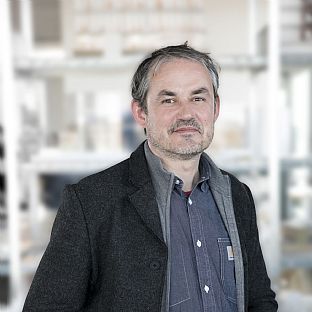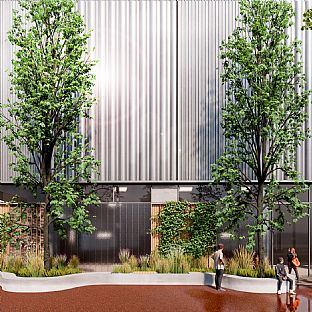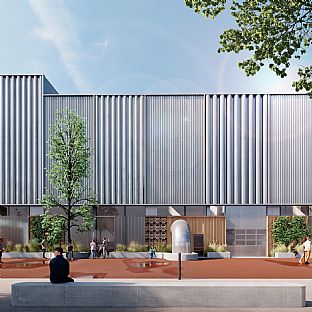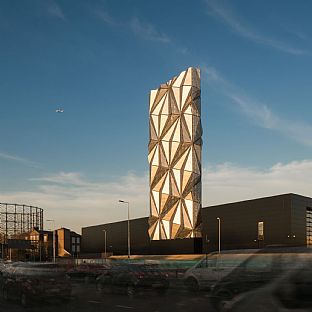12.3.2024
C.F. Møller Architects designs building that supports green transition in Denmark
C.F. Møller Architects, in collaboration with A. Enggaard and Viborg Ingeniørerne, win the competition for a building housing a seawater heat pump in Aalborg, Denmark. Their winning proposal contributes to the city's eco-friendly transition, seamlessly blending functionality with aesthetics.
The residents of Aalborg in Denmark can now anticipate a new building dedicated to the promotion of eco-friendly heating. This building will house a new seawater heat pump, slated to be raised in Norbis Park near Limfjorden for Aalborg Utilities (Aalborg Forsyning). Aalborg Utilities is actively engaged in the green transition, focusing on constructing green technologies to replace the coal-fired plant “Nordjyllandsværk”. Additionally, Norbis Park is the utility's industrial area, undergoing transformation into an innovative space for testing and developing new technologies for the green transition in the energy sector.
The building was designed by C.F. Møller Architects in collaboration with developer and construction company A. Enggaard and the engineers, Viborg Ingeniørerne, who jointly won the architectural competition organized by Aalborg Utilities.



